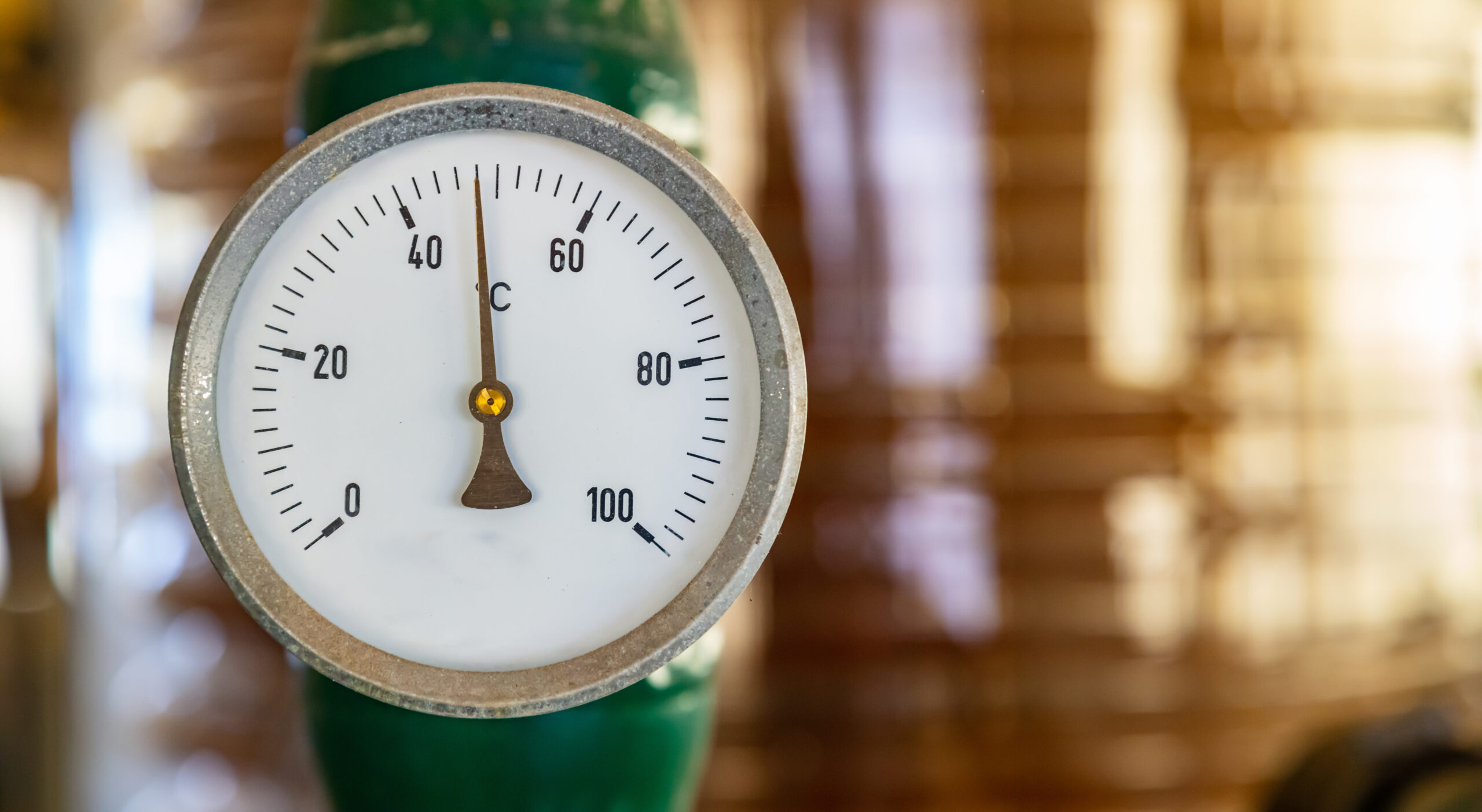
Temperature gauges play a critical role in various applications, from home heating systems to industrial processes. When it comes to picking the perfect temperature gauge, there are a few important things to keep in mind. Accuracy, reliability, and compatibility with your specific requirements are all key factors.
Car dashboards are equipped with a special temperature gauge that keeps an eye on the engine coolant temperature. Medical facilities have a wide range of tools to measure body temperature. You can find a handy water temperature gauge in a professional plumbing toolkit. It’s designed specifically for measuring the temperature of water in pipes and ducting. This gauge even includes flow and return thermometers, making it a versatile tool for any plumbing job.
Here’s a comprehensive buyer’s guide to a temperature gauge to help you make an informed decision:
Types of Temperature Gauge:
- Bimetallic Temperature Gauges: Suitable for general-purpose applications, these gauges use the expansion of two different metals to indicate temperature changes.
- Liquid-in-Glass Thermometers: Traditional and cost-effective, these use the expansion of a liquid to measure temperature and are commonly found in household use.
- Digital Temperature Gauges: Provide precise readings and are suitable for applications where quick and accurate measurements are essential.
Temperature Range:
- Typical Measurement Range: Bimetallic: [-70 to 600°C]
- Make sure that the temperature gauge you choose can handle the temperatures you expect in your specific situation. Bimetallic gauges are very versatile and can be used in a wide range of environments. They can handle cold temperatures as well as high-temperature processes.
Accuracy and Precision:
Select a temperature gauge that matches the level of precision required for your specific application. Some important tasks may need very precise tools, but regular tasks can work well with normal accuracy tools.
Response Time:
Consider the speed at which your temperature gauge responds to changes. Opt for gauges with rapid response times for real-time monitoring in dynamic processes. This will help you get temperature readings that are both accurate and on time.
Mounting and Installation:
Determine the mounting type suitable for your specific application. The ease of installation is important, regardless of whether it’s surface-mounted, threaded, or flanged. Make sure that the mounting you choose fits perfectly with your equipment or system setup.
Environmental Conditions:
Please evaluate how well the temperature gauge can withstand environmental challenges. Certain gauges are designed to endure tough conditions, like environments prone to corrosion or being exposed to water. Selecting a gauge that is specifically designed for your environmental conditions can help improve its durability and lifespan.
Display and Readability:
Tailor your choice based on the visibility and readability requirements. Analog gauges should have scales that are clear and easy to read, while digital gauges should have a digital display that is crisp and easy to understand.
Make sure the display style you choose matches your preferences and meets your operational requirements.
Maintenance Requirements:
Gauge maintenance is a critical consideration. There are temperature gauges that require very little maintenance, while others might need occasional calibration or adjustments. Make sure you understand the maintenance requirements and choose the appropriate option based on your ability to handle it.
Calibration Certifications:
Certification ensures that the temperature gauge meets recognized standards, instilling confidence in the reliability of your temperature readings.
Budget Considerations:
Establish a budget aligned with your application’s requirements. Although there are cost-effective options available, it’s important to find a temperature gauge that is both affordable and has all the necessary features. This way, you can meet your needs without spending extra money.
Safety Features:
In industrial settings, prioritize safety features. Look for temperature gauges that have over-range protection or alarms for extreme temperatures. These features improve process safety by alerting operators about possible issues before they worsen.
CONCLUSION
Discover the perfect temperature gauges at SS Hussain! From excellent brands like Kipinago and True Teller, we not only provide reliability but also guide you to the exact type you need.
